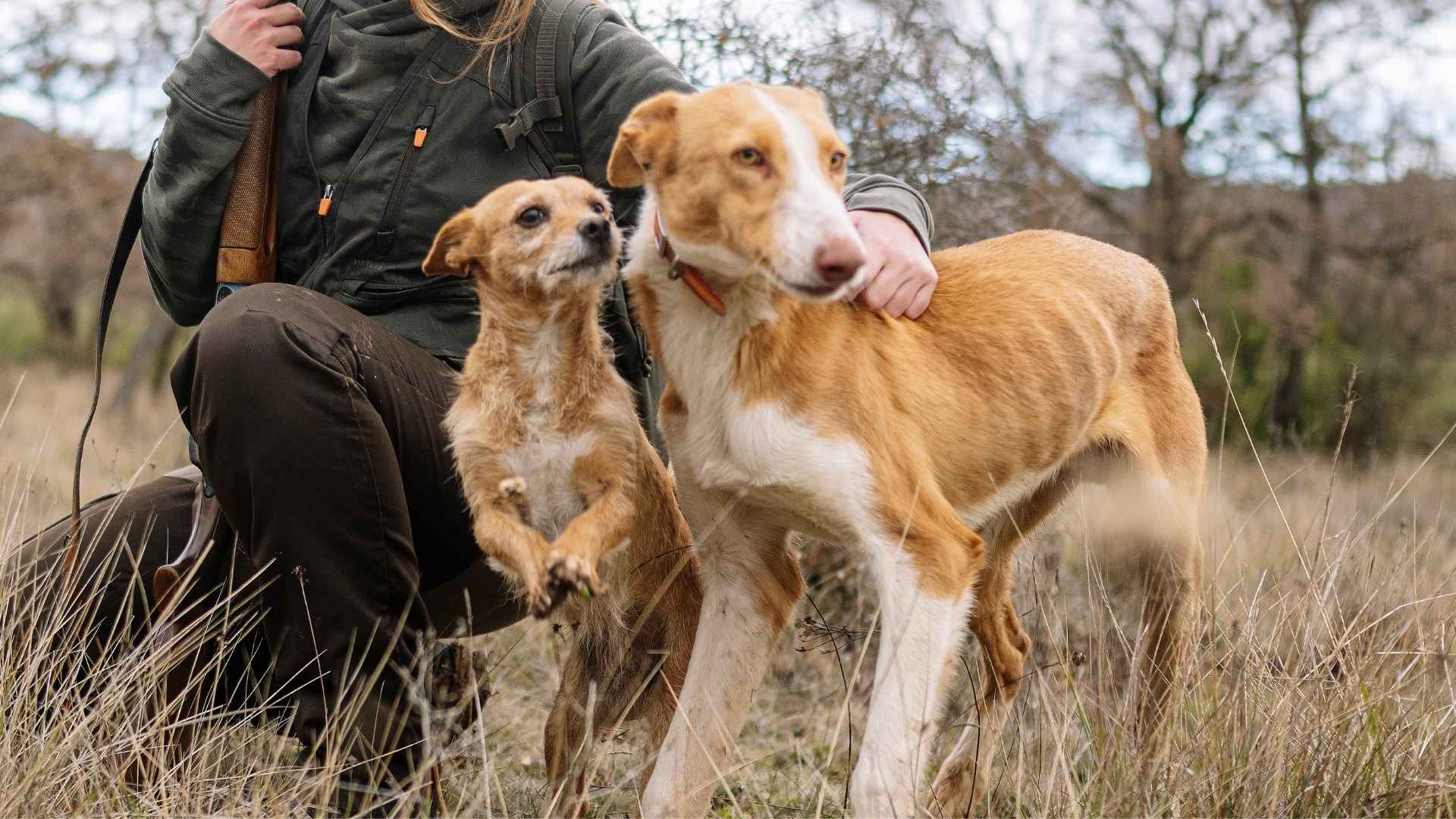Hunting across rocky ridges, icy slopes, or dense swamps isn’t for every dog. It takes power, stamina, and something most dogs don’t have—instinct that won’t quit. According to working dog trainers, only a handful of breeds can handle high-altitude hunts or multi-day tracking missions in the wild.
These are dogs bred through centuries of purpose, shaped not by show rings, but by survival and service. Their paws grip where others slide. Their senses stay sharp in snow, heat, or wind.
These aren’t your average backyard fetchers; they’re animals built for the hunt, no matter the setting. The extreme doesn’t scare them—it fuels them. Some thrive in the tundra. Others dominate deserts. But all share one thing: they were made to endure.
If you’ve ever wondered which breeds rise to the toughest terrains on Earth, this guide breaks down the elite dogs trained for just that.
Dog Breeds That Train For Hunting In Extreme Terrains
1. Labrador Retriever
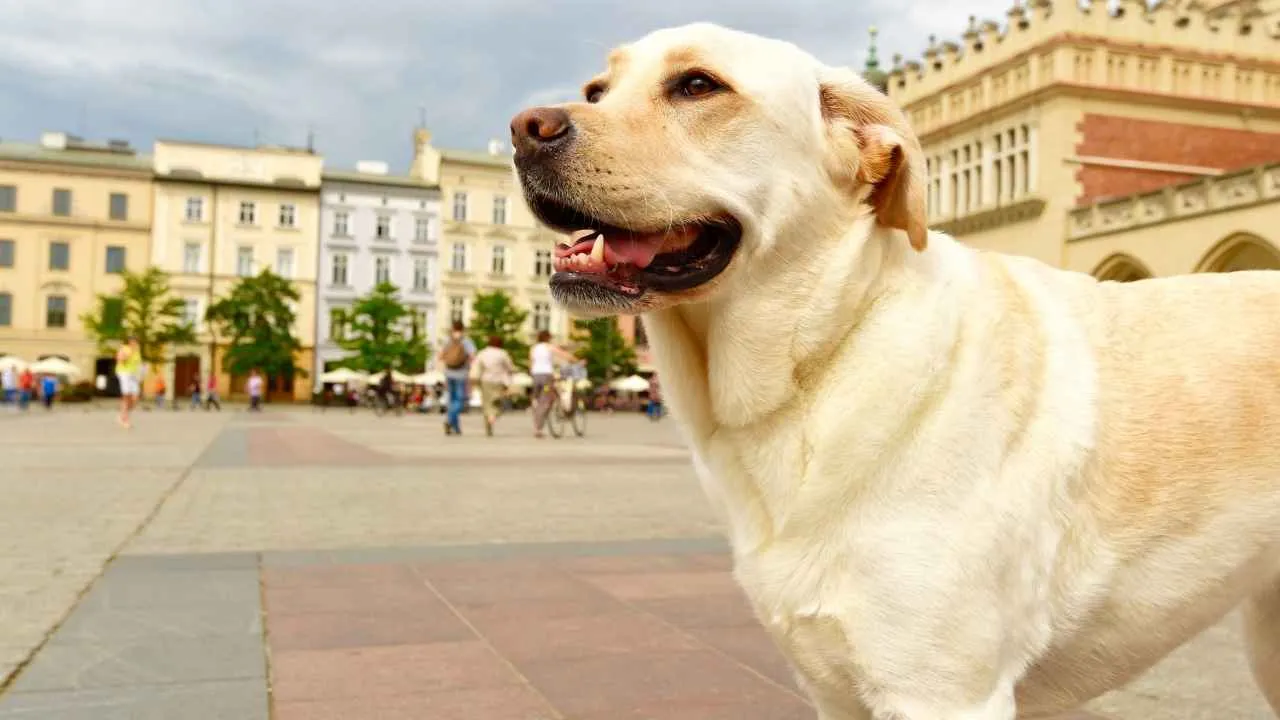
The Labrador Retriever’s double-layered coat insulates against cold water while shedding moisture quickly. Their webbed feet support strong swimming across lakes and rivers. These traits make them ideal for navigating rough terrain in wet or freezing environments.
High Drive and Field Readiness
Labradors are known for their consistent energy and sharp response to commands during hunts. Their stamina allows them to stay active over long distances and in thick terrain. These qualities have made them dependable working dogs in outdoor environments.
Deeply Rooted Retrieval Instinct
They were originally bred in Newfoundland to help fishermen haul nets and later trained to retrieve birds for hunters, as stated in the AKC. That legacy remains clear in their precision and boldness in rough waters. It’s one reason they continue to be among the top hunting dogs in North America.
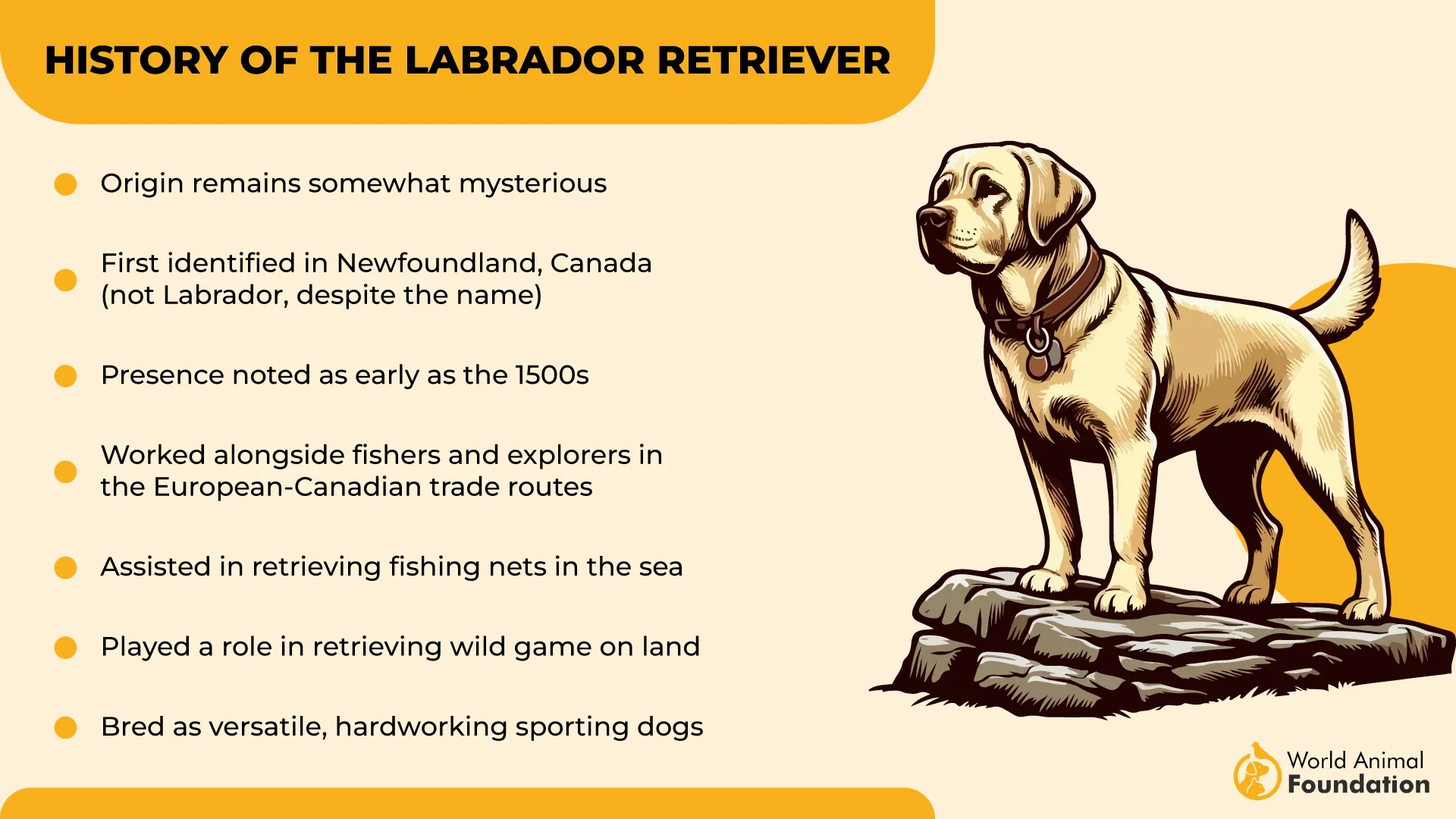
Strong Bond with Handlers
Labradors maintain steady focus even when working closely with human companions. They respond quickly to hand signals and whistles in the field. Their loyalty adds to their control, making them especially effective in remote and rugged hunting locations.
2. Beagle
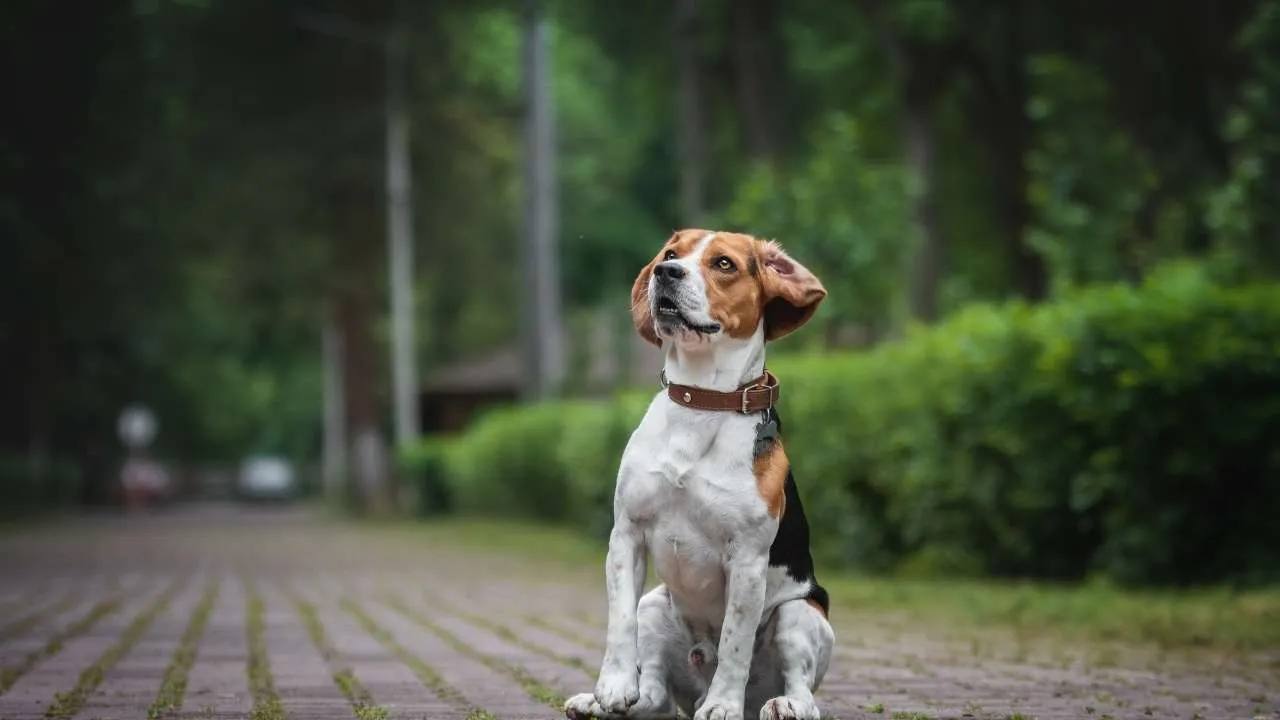
Beagles are small but purposefully built for tracking through brush, rocky trails, and forest ground. Their short legs and agile bodies let them move low and steady. This efficient movement makes them ideal for extended ground work in challenging terrains.
Highly Focused and Driven
With a working mindset and consistent energy level, Beagles remain alert across long field tasks. They have sharp instincts and don’t lose motivation easily. These traits support their reputation as a reliable hunting dog breed across rural and wild zones.
Masters of the Scent Trail
As one of the most recognized scent hounds, Beagles can stay locked onto a trail for hours without distraction. Their sense of smell is second only to the Bloodhound. This keen sense allows them to follow the game across mixed and unpredictable landscapes.
Independent Yet Responsive
Though known for independent tracking, Beagles stay within a manageable distance when trained for terrain-based hunts. They respond to tone and direction without needing constant visual contact. This balance between autonomy and handler awareness enhances their outdoor performance.
3. Brittany Spaniel
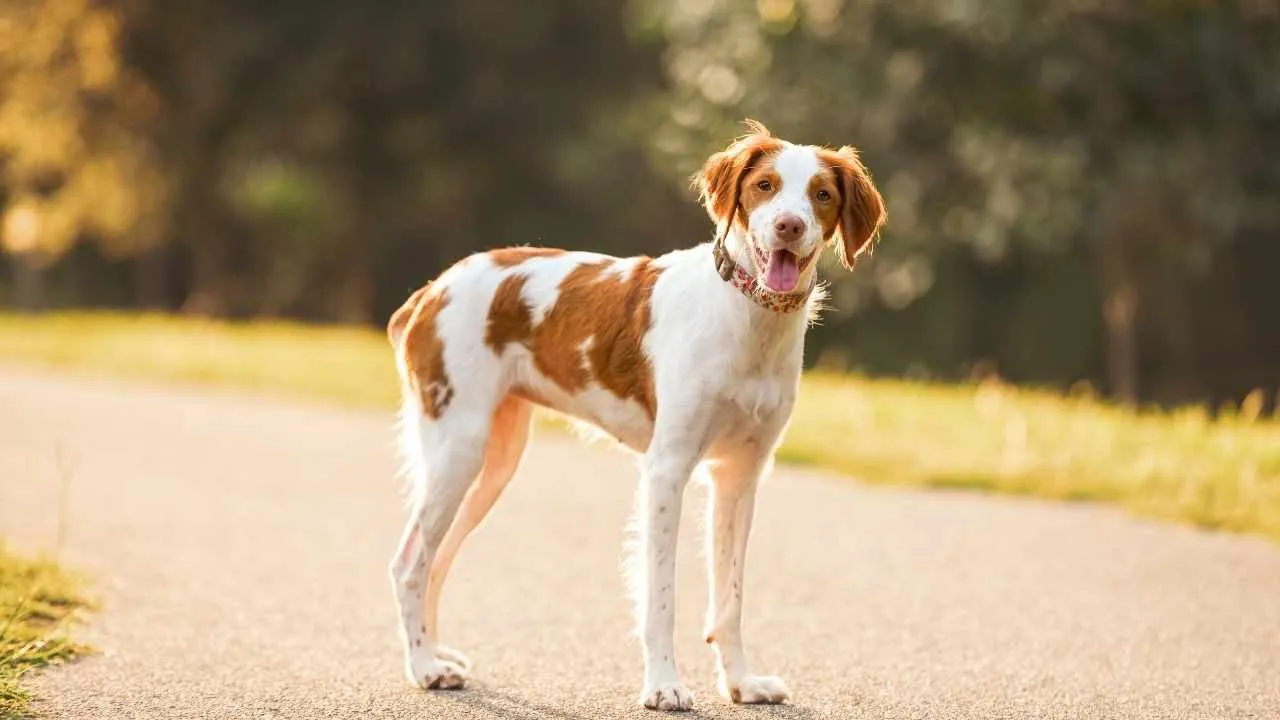
The Brittany Spaniel’s lean frame and strong legs help it move quickly through tall grass, thick brush, and hilly terrain. It maintains visibility to the handler while staying close to the scent. This makes it highly practical on a long hunting trip across mixed environments.
Natural Pointing and Flushing Instincts
The breed has a sharp nose and naturally points when it picks up a scent, without needing excessive guidance. It also has the drive to flush birds when signaled. These instincts have made it one of the top choices for bird hunting in open country.
Strong Stamina in Harsh Conditions
Brittany Spaniels can cover large fields without losing energy or focus. They are used in areas with uneven ground, wet grass, or thick cover, staying active throughout the hunt. This physical ability supports hunters who need dogs to keep pace across full days.
Highly Responsive to Field Training
They pick up commands quickly and stay engaged during outdoor work. Their eagerness to please helps them adjust to signals, whistle cues, and changing directions. This responsiveness strengthens their role in teams that hunt birds across challenging terrain.
4. English Springer Spaniel
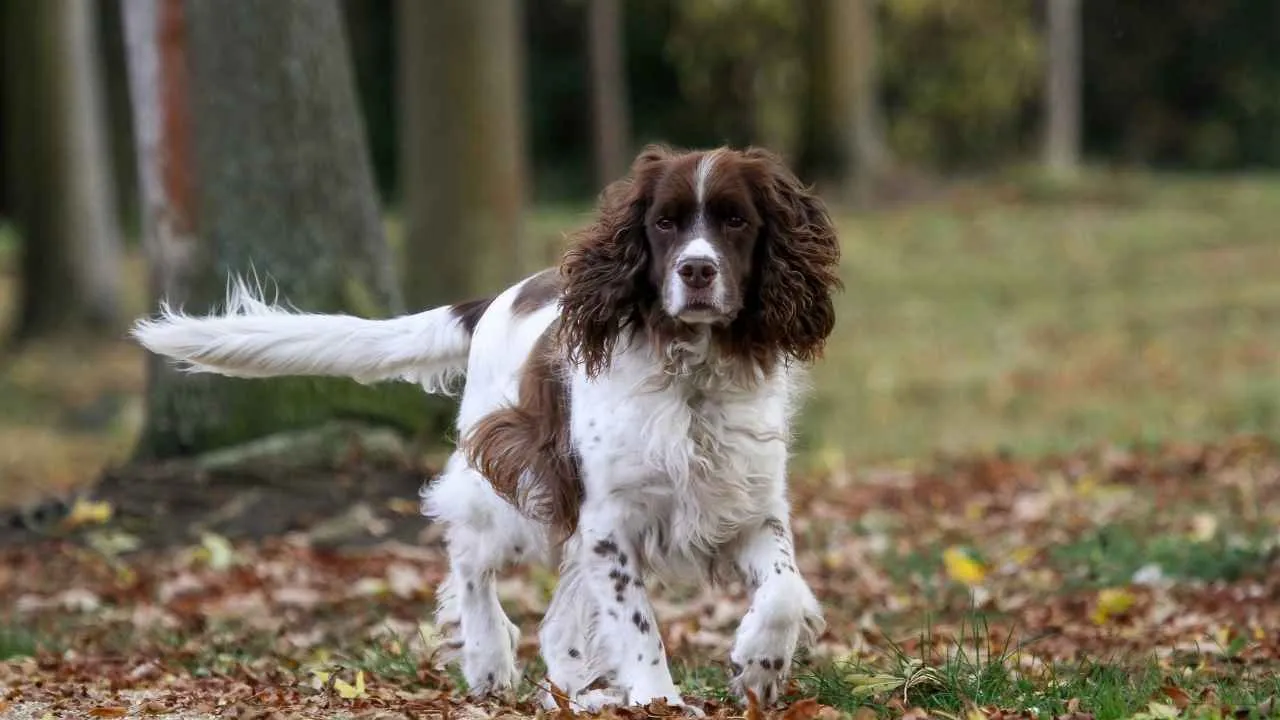
The English Springer Spaniel is built for movement through fields, forests, and wetlands without slowing down. Their compact frame and high endurance allow them to stay active and alert for long stretches. This makes them ideal for rough, uneven hunting environments.
Eager, Alert, and Responsive
They are known for being extremely responsive to voice and whistle commands even at a distance. Their ability to work closely with handlers without losing focus is highly valued in field trials. This dependability is a core reason they remain essential in upland game hunting.
Deep Instincts and Drive to Flush Game
As one of the most dependable bird dog breeds, they specialize in flushing game from dense brush and cover. Their energy and precision help hunters spot and shoot targets with better timing. These dogs are built to stay active and work with consistent drive.
Long Legacy Among Hunters
They are one of the oldest recognized gun dogs in sporting history and have maintained their working reputation for generations. Their consistent scent-tracking ability and adaptability across terrains make them true natural hunters in any setting.
5. German Shorthaired Pointer

This breed’s lean yet muscular frame is built for crossing rocky hillsides, open plains, and uneven ground. Their tough paw pads and powerful stride help them cover large areas quickly. That physical edge keeps them active across long hours of upland bird hunting.
Remarkable Field Endurance
German Shorthaired Pointers are known for maintaining high stamina in extreme hunting conditions. They can track, point, and retrieve without slowing, even in warm or rugged landscapes. Their body’s endurance matches their sharp focus in high-pressure fieldwork.
Versatile Hunting Skills by Design
Developed as all-purpose hunting dogs, they excel in both tracking and retrieving game. Their instincts work well with both ground scent and airborne targets, making them one of the most efficient hunting partners. They’re especially valued in upland bird environments.
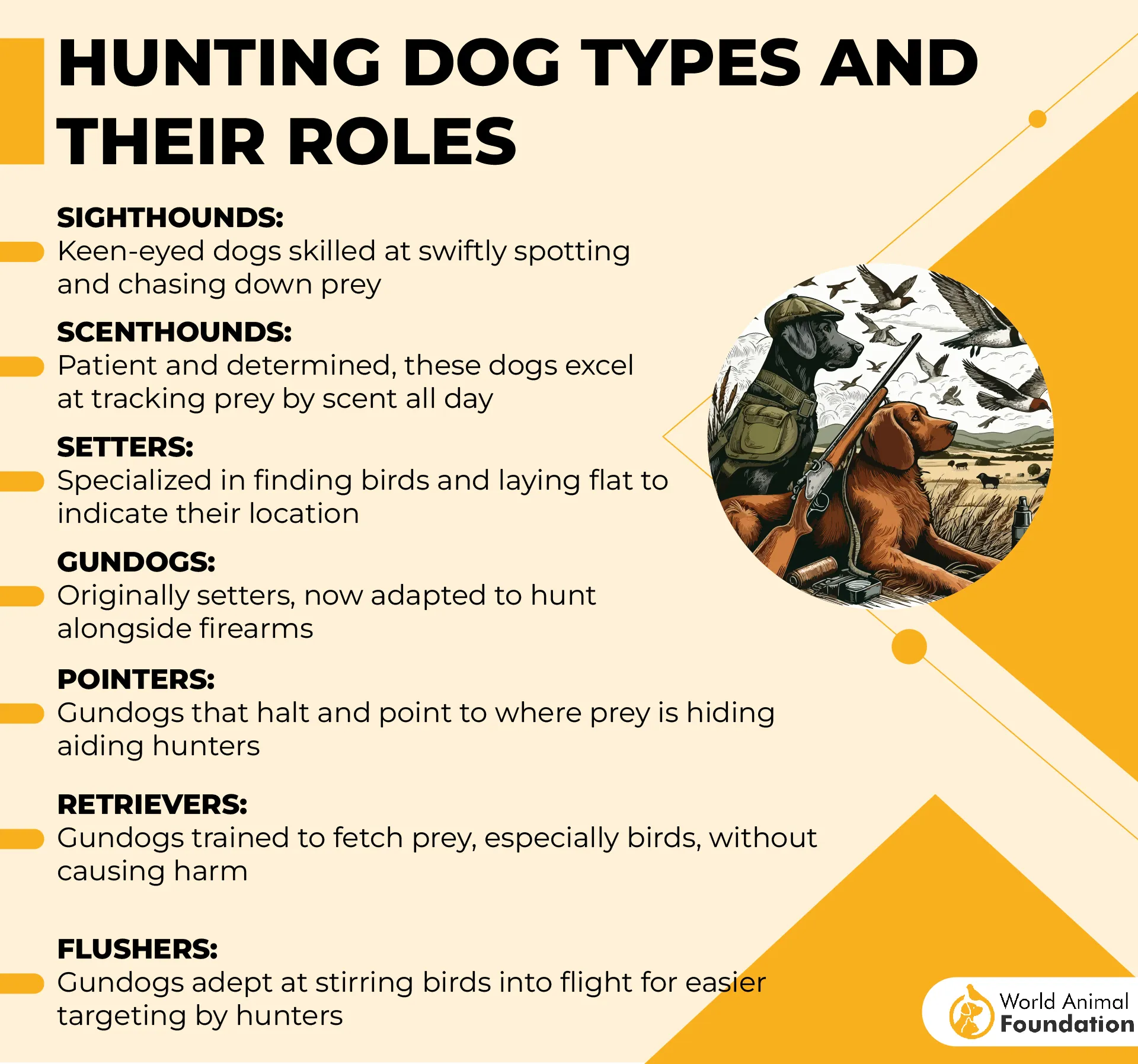
Clear Communication with Handlers
They respond well to hand signals, whistles, and short voice commands even across distances. Their alertness in the field allows quick, smooth communication with handlers during active hunts. This clarity is vital during hunts across changing, difficult terrain.
6. Golden Retriever
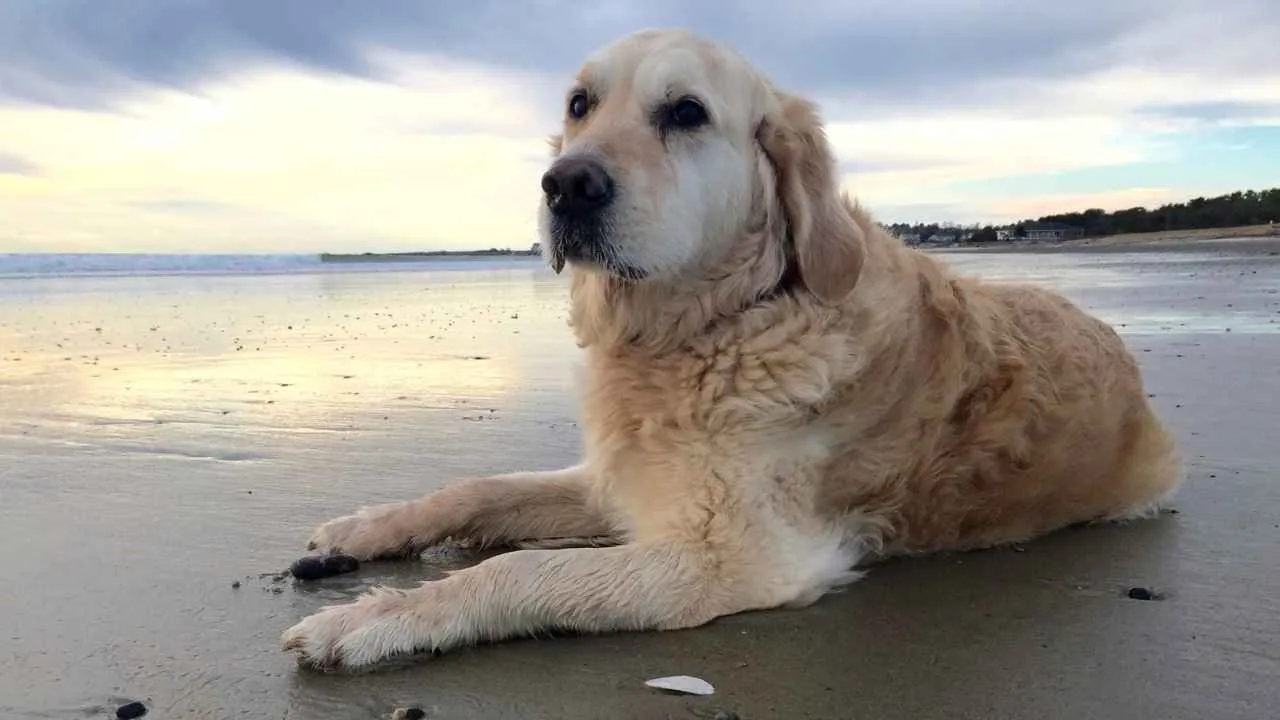
Golden Retrievers have a water-resistant double coat that protects them in cold and wet terrains. Their strong limbs and balanced bodies allow smooth movement through uneven ground. These physical traits help them perform consistently in forests and marshlands.
Instinctive Retrieval Skills
Originally developed in Scotland for waterfowl hunting, this breed was designed to retrieve game from both land and water. Their soft mouths help them carry birds without causing damage. Their steady grip and drive make them efficient in real hunting scenarios.
Responsive and Mentally Sharp
Goldens are among the most popular hunting dogs due to their ability to stay focused for long sessions. Their alertness and willingness to follow cues help them navigate active hunting grounds with precision. They respond well even in fast-changing outdoor situations.
Naturally Easy to Train for Field Work
Their desire to please and patience with repetition make them easy to train for hunting commands, as documented in PetMD. They respond reliably to verbal and whistle signals during long-distance work. This temperament supports their long-standing role in both upland and waterfowl hunting.
7. Bloodhound
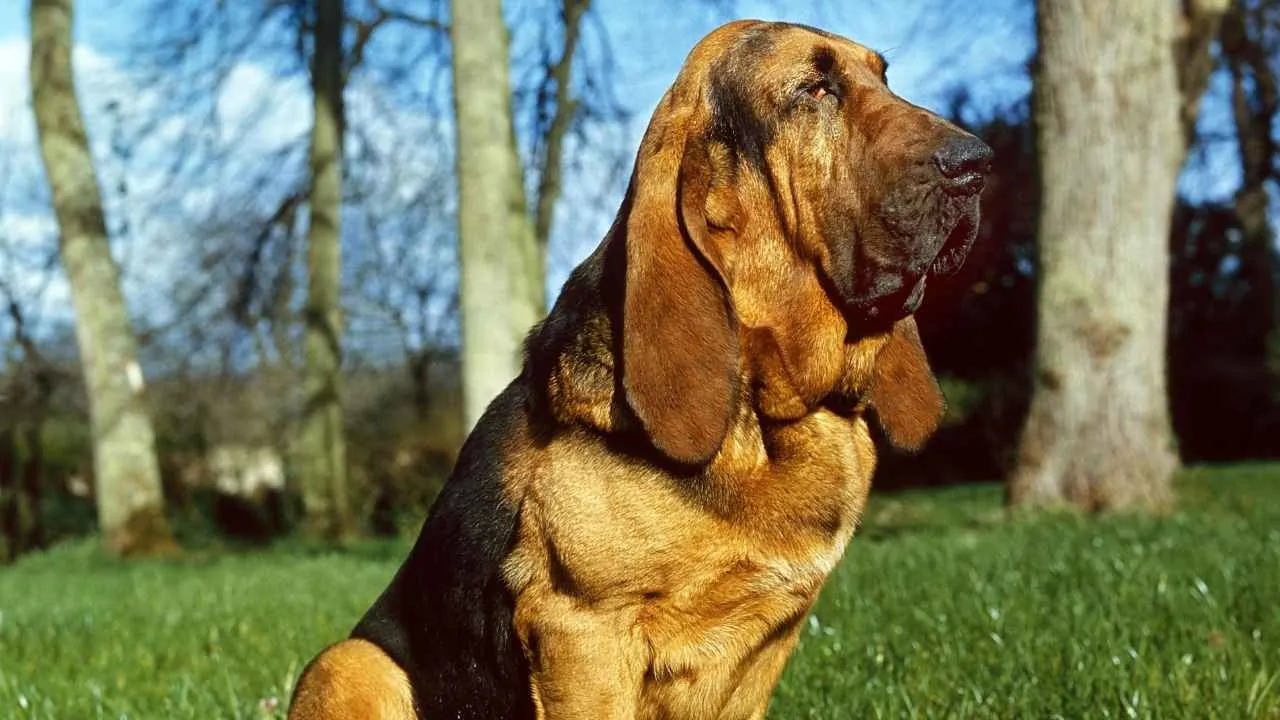
Bloodhounds are known for tracking trails across miles, even when the scent is days old. Their large, open nostrils and over 300 million scent receptors give them an unmatched ability. This makes them reliable trackers in dense forests, wetlands, and mountainous terrain.
Loose Skin Supports Precision Work
Their wrinkled facial skin and long ears help channel ground scents toward the nose. These physical traits are not just for appearance; they actively assist scent tracking. In rugged areas, this design gives them better accuracy when following complex trails.
Stamina That Matches Their Skill
Bloodhounds can follow a trail for hours without losing focus or tiring easily. Their endurance is built for long-distance pursuit, even over uneven or steep ground. This trait supports their use in rural search operations and extreme-condition tracking.
Requires Skilled, Consistent Handling
Due to their powerful drive to follow scent, Bloodhounds need handlers who understand their tracking behavior. They work best when given structured direction during training. Without that, their instincts often overpower verbal commands or distractions.
8. American Foxhound
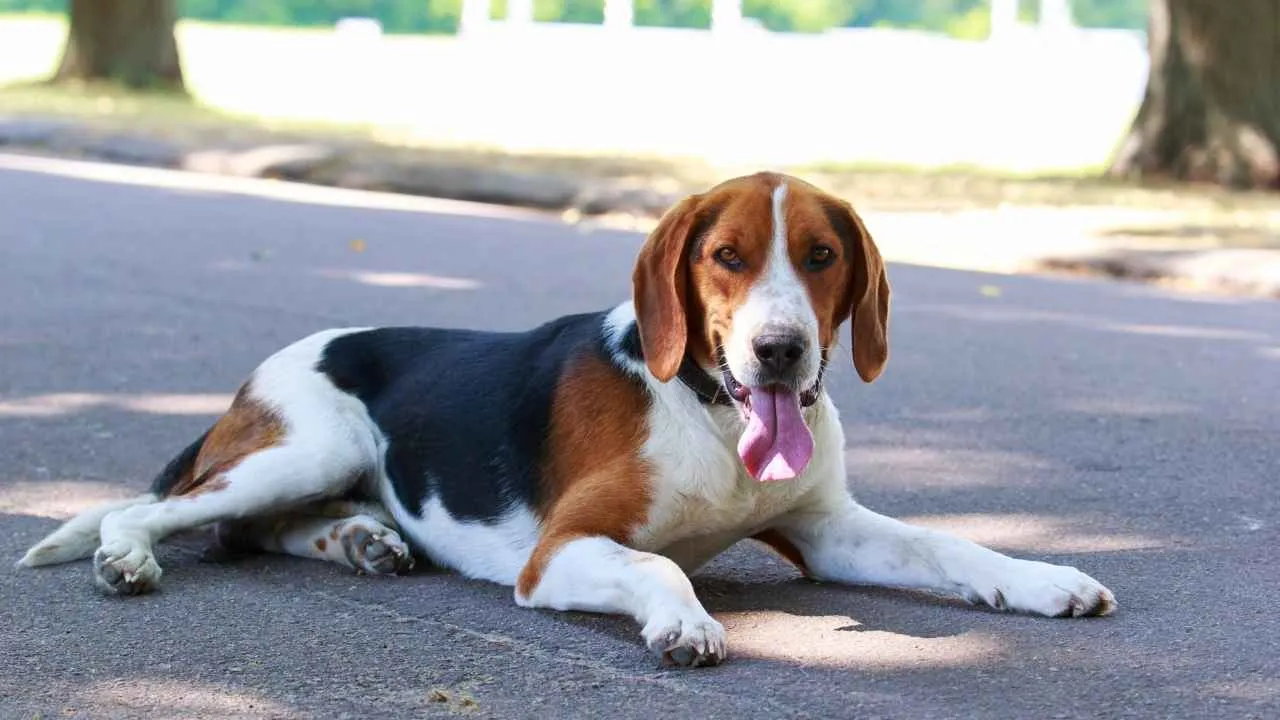
The American Foxhound was developed for long-distance fox hunting across rough American terrain. Their long legs and deep chest support strong stamina. This structure allows them to cover ground for hours without slowing down in uneven areas.
Excellent Nose for Trail Tracking
With one of the sharpest scenting abilities among hounds, they are reliable in thick forests and brush. They can stay on a trail for miles, even across rocky hills or muddy slopes. Their baying voice also helps hunters locate them during the chase.
Group-Oriented Hunting Behavior
American Foxhounds are typically used in packs for large-game tracking. Their social nature and coordination with other hounds make them effective in open, unstructured wilderness. These traits help manage unpredictable terrain more effectively.
Adapted to Work in Varying Conditions
The breed has been maintained for generations to handle different terrain types during long hunts. They are capable of working through wooded areas, lowlands, and hilly regions. Their endurance and scenting focus remain strong in all settings.
9. Plott Hound
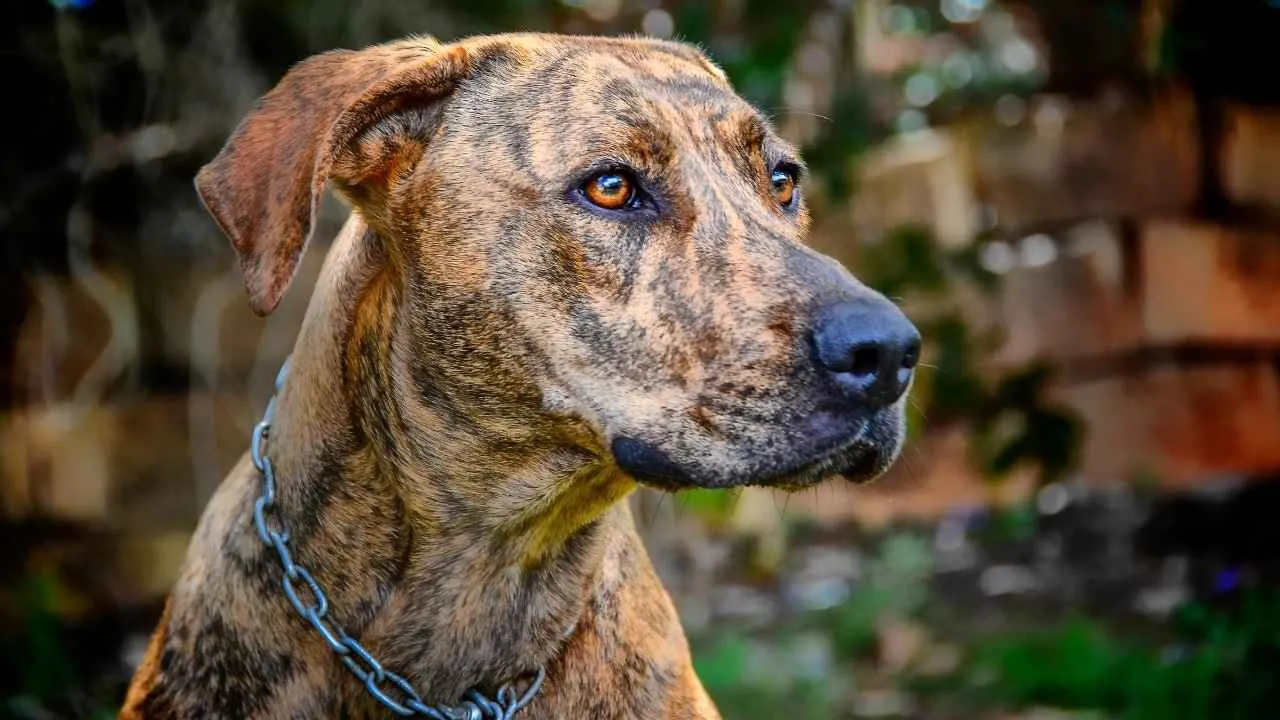
The Plott Hound has long been used for trailing large game across rough, mountainous terrain. Its muscular build and dense coat protect it from steep climbs, sharp brush, and cold weather. These dogs are often preferred for wild boar or bear hunts due to their resilience.
Scent-Tracking Precision
This breed has a strong scenting ability, allowing it to track cold trails for miles without losing focus. They follow scent trails with intensity, even when the path crosses over water or rocky surfaces. Their trailing instinct is consistent across a variety of terrains.
Determined and Unyielding Temperament
Plott Hounds have a steady drive that doesn’t wear down easily during extended hunts. They are known to pursue the game with little hesitation, even in unfamiliar and risky environments. This mental toughness is what sets them apart in extreme fieldwork.
Teamwork and Handler Responsiveness
While independent during tracking, they remain closely in tune with their handler’s direction when needed. Their ability to work both solo and alongside others makes them practical for coordinated hunts. This dual skill is especially useful in unpredictable hunting zones.
10. Nova Scotia Duck Tolling Retriever
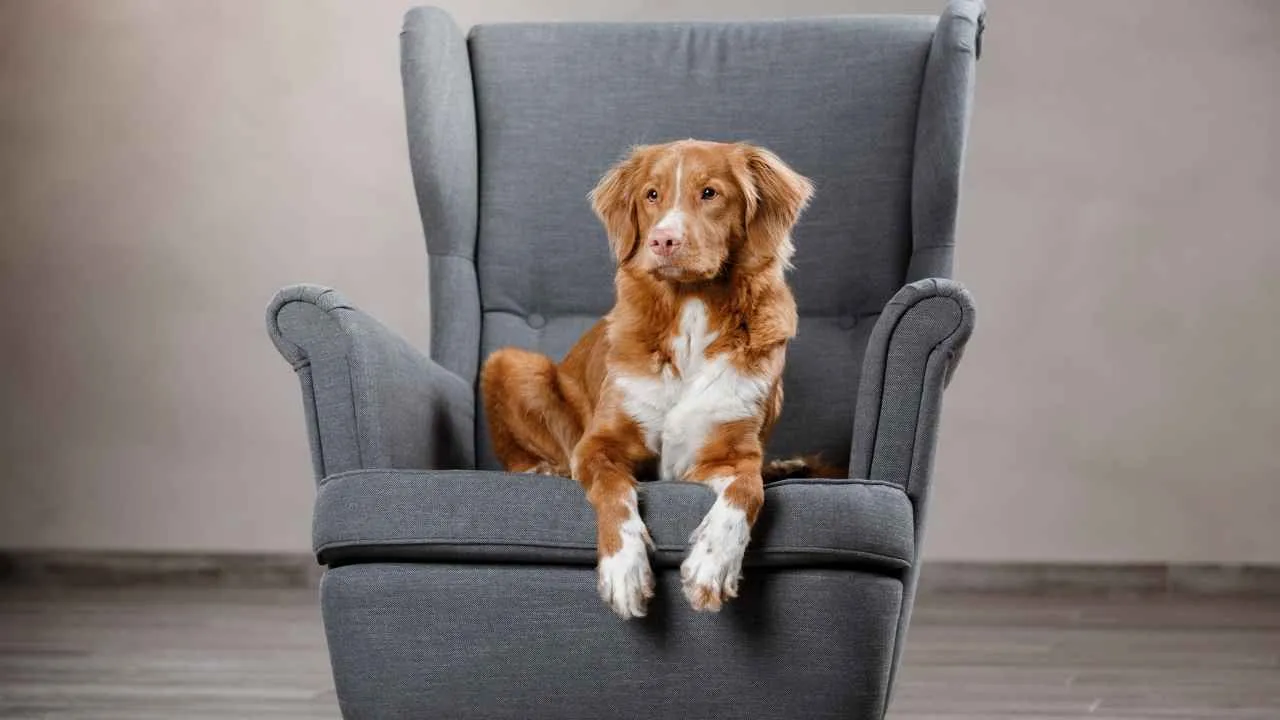
Did You Know: The Nova Scotia Duck Tolling Retriever is the smallest of all retriever breeds recognized by major kennel clubs, including the AKC and CKC.
This breed was developed to work along the icy shores of Nova Scotia, where rough terrain meets frigid water. Their water-repellent double coat and compact frame allow them to navigate these environments efficiently. Their physical structure supports fast, repeated entries into water.
Tolling Behavior That Demands Precision
What sets them apart is their tolling instinct—moving playfully along the shoreline to attract ducks within range. This technique requires sharp timing and confident movement near water. It’s a skill built into the breed through generations of coastal hunting.
High Drive in Harsh Elements
They remain focused in loud, unpredictable, or weather-heavy conditions. Thick underbrush, rocky edges, and cold wind do little to distract them from tracking. Their sharp responsiveness to handlers makes them a practical fit for these intense outdoor settings.
Compact Build, Big Field Efficiency
Their smaller size gives them speed and agility without sacrificing strength. This helps them cover tough ground quickly while remaining light-footed in soft or uneven soil. They’re often chosen for hunts where space and reaction time are limited.
Conclusion
Whether you’re chasing elk across ridges or setting out to hunt ducks at dawn, the dogs listed above weren’t bred for comfort—they were built for it. Each one carries a natural instinct that guides them through dense woods, icy banks, or rocky hills without missing a beat.
Some work better in packs with other dogs. Others shine as the only breed needed for the job. From the small dog with a bold nose to the powerhouse with thick dog hair, every one of them balances stamina with an affectionate nature.
They’re energetic dogs, but also loyal partners. If your idea of the perfect dog is one that stays sharp, responsive, and full of prey drive, these are not just good dogs—each one is a great dog, made for the wild.


